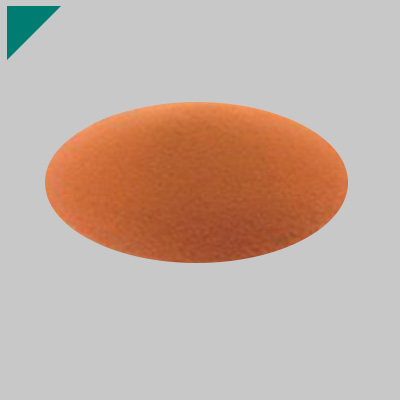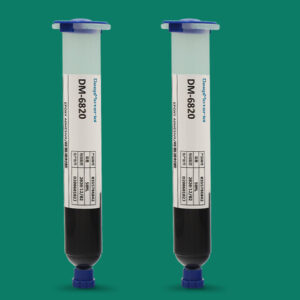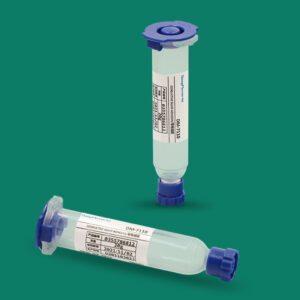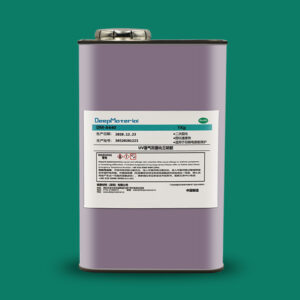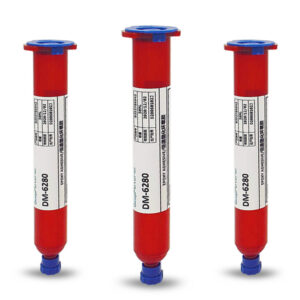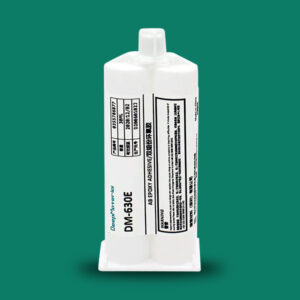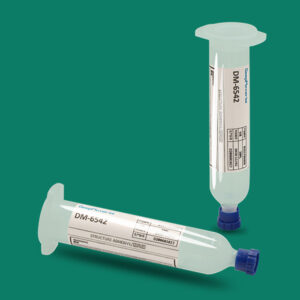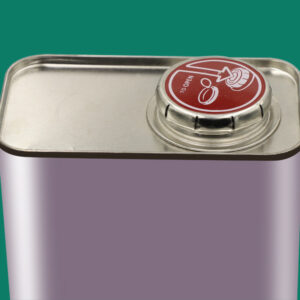Epoxy Flame Retardant Adhesive
Epoxy Flame Retardant Adhesive
Epoxy flame retardant adhesives are a specialized category of adhesives that integrate the superior bonding capabilities of epoxy resins with additives that enhance fire resistance. Epoxy resins, derived typically from bisphenol A and epichlorohydrin, are celebrated for their exceptional adhesion, mechanical strength, and resistance to chemicals. When modified with flame retardant compounds—such as halogenated chemicals, phosphorus-based agents, or intumescent materials—these adhesives gain the ability to resist ignition, slow flame spread, and maintain integrity under high temperatures.
The significance of these adhesives lies in their ability to address fire safety concerns without compromising performance. In industries governed by stringent regulations, such as aviation and automotive manufacturing, they ensure compliance with fire safety standards while delivering durable bonds. They are vital in preventing catastrophic failures in environments where heat, sparks, or electrical faults could ignite a fire. As technological advancements drive industries toward higher performance and safety benchmarks, epoxy flame retardant adhesives have become indispensable, offering a versatile and dependable solution for modern engineering challenges.
This article will guide you through the key aspects of these adhesives, starting with their defining properties, followed by their wide-ranging applications, the intricacies of their production, essential safety considerations, and a look at the innovations shaping their future.
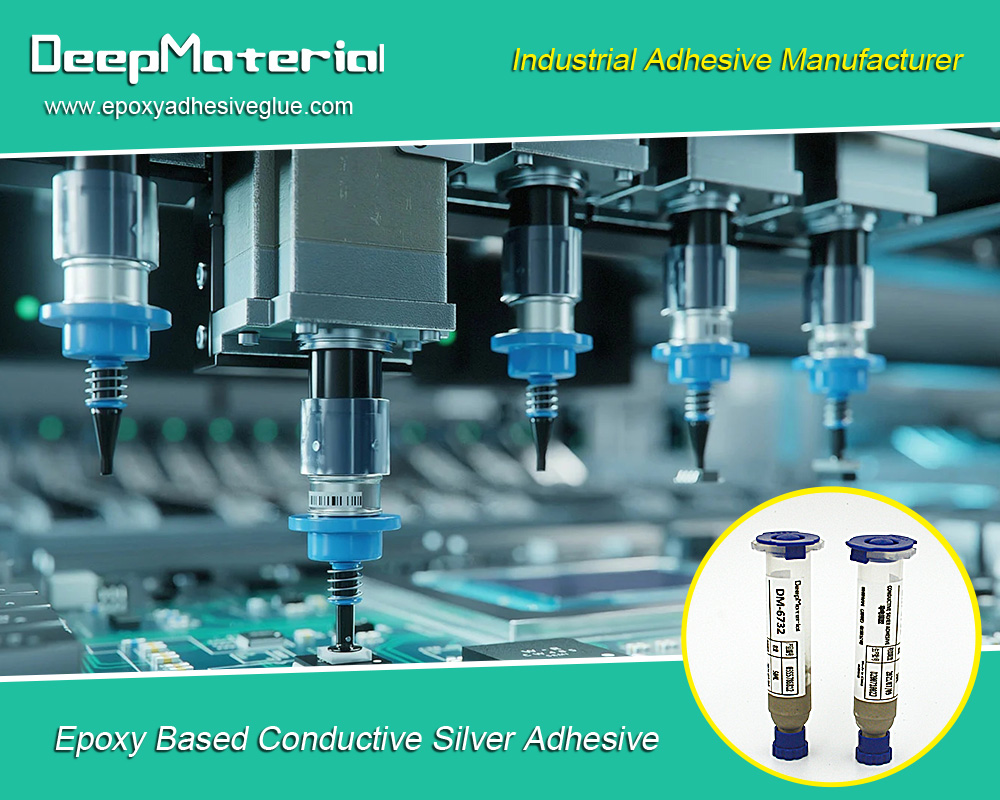
Properties of Epoxy Flame Retardant Adhesives
The standout feature of epoxy flame retardant adhesives is their carefully engineered properties, which balance exceptional adhesion with advanced fire resistance. Below are the core characteristics that make them unique:
- Flame Retardancy: The hallmark of these adhesives is their ability to resist ignition and curb the spread of flames. This is achieved through flame retardant additives that disrupt the combustion process. For example, halogenated compounds release flame-inhibiting gases, while phosphorus-based agents form a protective char layer that shields the material from heat.
- Thermal Stability: These adhesives are designed to endure elevated temperatures without breaking down. Unlike standard adhesives that may soften or degrade under heat, epoxy flame retardant formulations maintain their structural and adhesive integrity, making them suitable for high-temperature environments.
- Adhesion Strength: Even with the addition of flame retardants, these adhesives preserve the high bonding strength inherent to epoxy resins. They form robust, long-lasting bonds with diverse substrates, including metals, plastics, composites, and ceramics, ensuring reliability in demanding applications.
- Chemical Resistance: Epoxy resins naturally resist degradation from solvents, fuels, and other chemicals, a trait retained in flame retardant versions. This makes them ideal for harsh environments where exposure to corrosive substances is common.
- Electrical Insulation: Many formulations offer excellent dielectric properties, preventing electrical current from passing through. This is particularly valuable in electronics, where both fire safety and insulation are critical.
- Low Smoke Emission: In a fire scenario, these adhesives are engineered to produce minimal smoke, reducing health risks from inhalation and aiding visibility during evacuations.
These properties collectively position epoxy flame retardant adhesives as a go-to choice for applications requiring both safety and performance under extreme conditions.
Applications of Epoxy Flame Retardant Adhesives
The versatility of epoxy flame retardant adhesives is reflected in their widespread use across multiple industries. Their ability to bond materials securely while mitigating fire risks makes them invaluable in the following sectors:
- Aerospace: In aircraft manufacturing, these adhesives bond interior components like panels, flooring, and insulation. Their flame retardancy ensures compliance with aviation fire safety standards, while their lightweight nature supports fuel efficiency—a critical factor in aerospace design.
- Automotive: The rise of electric vehicles (EVs) has amplified the need for flame retardant adhesives, particularly in battery packs and electrical systems. They protect sensitive components from heat and fire, enhancing vehicle safety and reliability.
- Electronics: These adhesives secure heat-generating components such as circuit boards, transistors, and power supplies. Their dual role as insulators and fire resistors makes them essential for preventing thermal damage and electrical fires in devices ranging from smartphones to industrial machinery.
- Construction: In building projects, epoxy flame retardant adhesives are used to bond fire-resistant materials like fire doors, insulation panels, and protective coatings. They also seal joints in fire-rated walls and floors, preventing flame and smoke propagation.
- Marine: The marine industry relies on these adhesives for constructing and repairing ships, especially in high-risk areas like engine rooms and galleys. Their resistance to moisture and chemicals complements their fire-retardant capabilities, making them suited to the marine environment.
- Energy: In renewable energy systems, such as wind turbines and solar panels, these adhesives bond components exposed to harsh conditions. Their durability and fire resistance ensure long-term performance and safety in energy infrastructure.
These examples illustrate how epoxy flame retardant adhesives adapt to the specific needs of each industry, providing tailored solutions that enhance both functionality and safety.
Manufacturing Process of Epoxy Flame Retardant Adhesives
Producing epoxy flame retardant adhesives is a meticulous process that requires precision to achieve consistent quality and performance. Here’s a step-by-step look at how these adhesives are made:
- Raw Materials: The foundation is epoxy resin, typically synthesized from bisphenol A and epichlorohydrin. Flame retardant additives—such as brominated compounds, phosphorus-based chemicals, or metal hydroxides—are blended in to impart fire resistance. Additional ingredients, including hardeners (e.g., amines or anhydrides), fillers (e.g., silica), and stabilizers, fine-tune the adhesive’s properties.
- Mixing and Formulation: The components are measured and combined in a controlled setting. The epoxy resin is thoroughly mixed with flame retardants and other additives to ensure uniformity. This step is critical, as uneven distribution could compromise the adhesive’s effectiveness.
- Curing Process: After mixing, the adhesive cures into a solid, thermoset material. A hardener triggers a chemical reaction that cross-links the epoxy molecules, forming a rigid structure. Curing can occur at room temperature or be accelerated with heat, depending on the formulation and application requirements.
- Quality Control: The cured adhesive undergoes rigorous testing to confirm its performance:
- Flame Retardancy Tests: Samples are exposed to fire to assess ignition resistance and flame spread.
- Adhesion Tests: Bond strength is measured across various substrates.
- Thermal Stability Tests: The adhesive’s behavior at high temperatures is evaluated.
- Environmental Resistance Tests: Resistance to chemicals, moisture, and UV light is verified.
- Packaging: Once approved, the adhesive is packaged in user-friendly formats like tubes, cartridges, or bulk containers. Packaging prevents premature curing and ensures stability during storage and transport.
This structured process guarantees that epoxy flame retardant adhesives meet the exacting standards required for their intended uses.
Safety Considerations
While epoxy flame retardant adhesives enhance fire safety in their cured state, their handling and application require careful attention to ensure user and environmental safety. Key considerations include:
- Handling and Application: Uncured epoxy can irritate skin, eyes, and respiratory systems due to its chemical components and vapors. Users should wear personal protective equipment (PPE)—gloves, safety glasses, and masks—and work in well-ventilated areas to minimize exposure.
- Storage: Store the adhesive in a cool, dry location, away from heat sources and sunlight, to prevent degradation or unintended curing. Containers should remain sealed, and manufacturers’ storage guidelines followed to maintain shelf life.
- Environmental Impact: Some traditional flame retardants, like halogenated compounds, are persistent in the environment and potentially toxic. Modern formulations increasingly use eco-friendly alternatives, such as phosphorus-based or intumescent systems, to reduce ecological harm. Selecting sustainable options aligns with growing environmental standards.
- Disposal: Uncured adhesive and used containers should be disposed of per local regulations. Avoid pouring uncured product into drains or discarding it in regular waste, as it may contaminate water systems or soil.
- Fire Safety During Use: Though flame retardant when cured, uncured epoxy can be flammable. Avoid open flames or sparks during application and curing to prevent accidental ignition.
Adhering to these precautions ensures safe and effective use, maximizing the adhesive’s benefits while minimizing risks.
Future Trends in Epoxy Flame Retardant Adhesives
The evolution of epoxy flame retardant adhesives is driven by technological advancements, environmental priorities, and industry demands. Here are the key trends shaping their future:
- Eco-Friendly Formulations: Concerns over the environmental impact of halogenated flame retardants have spurred research into greener alternatives. Bio-based phosphorus compounds and intumescent systems are gaining traction, offering effective fire resistance with lower ecological footprints.
- Enhanced Performance: Innovations like nanotechnology—incorporating nanoparticles such as graphene or clay—aim to boost flame retardancy, thermal stability, and mechanical strength. These improvements could expand the adhesive’s capabilities in extreme conditions.
- Smart Adhesives: Researchers are developing “smart” adhesives that adapt to environmental changes, such as self-healing when damaged or adjusting properties based on temperature. These could revolutionize reliability in dynamic applications.
- Industry-Specific Customization: As fields like electric vehicles and renewable energy grow, adhesives tailored to their unique needs—e.g., lightweight formulations for EVs or UV-resistant bonds for solar panels—will become more prevalent.
- Automation Compatibility: With manufacturing increasingly automated, future adhesives may be optimized for robotic dispensing, improving precision and efficiency in large-scale production.
These advancements promise to make epoxy flame retardant adhesives more sustainable, versatile, and aligned with the needs of tomorrow’s industries.
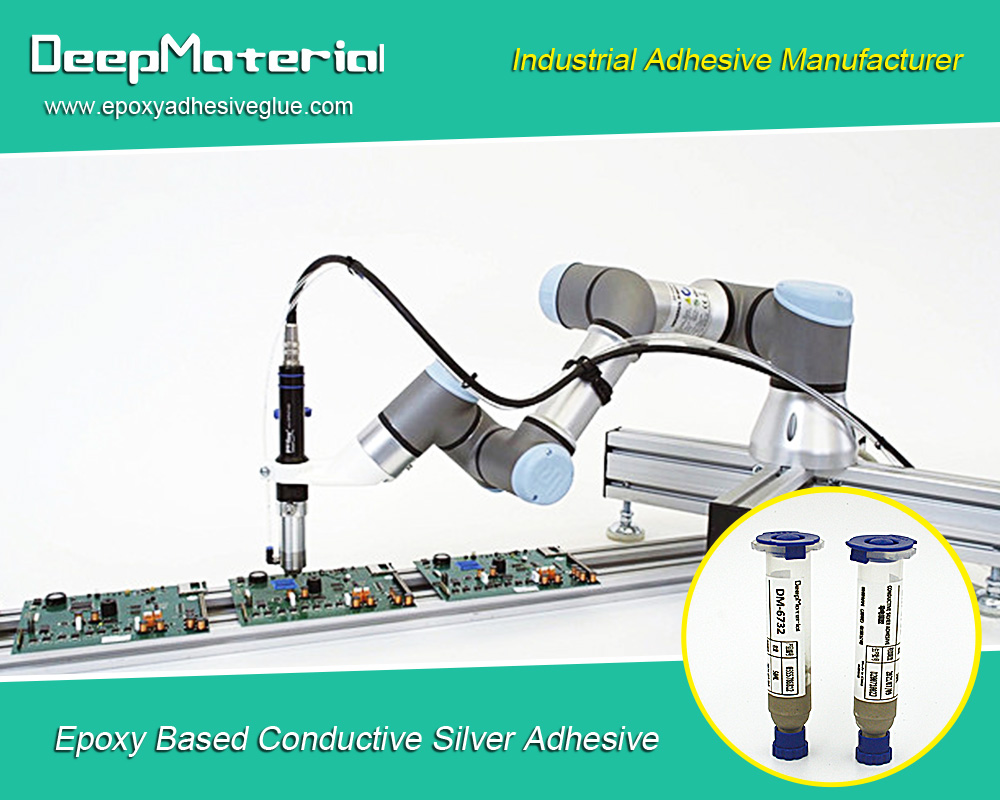
Conclusion
Epoxy flame retardant adhesives are a testament to the power of material science, merging the strength and versatility of epoxy resins with cutting-edge fire resistance. Their properties—flame retardancy, thermal stability, and robust adhesion—make them a cornerstone of safety and performance in industries ranging from aerospace to electronics. While their use requires careful handling and consideration of environmental impacts, their ability to protect lives and assets in fire-prone settings is unmatched.
Looking ahead, ongoing innovations will further refine these adhesives, making them greener, smarter, and more specialized. For engineers, manufacturers, and safety-conscious professionals, epoxy flame retardant adhesives offer not just a bonding solution but a critical safeguard against the unpredictable. As technology advances and challenges evolve, these adhesives will continue to play a pivotal role in building a safer, more durable future.
For more about choosing the best epoxy adhesive glue for metal to plastic, you can pay a visit to DeepMaterial at https://www.epoxyadhesiveglue.com/category/epoxy-adhesives-glue/ for more info.



